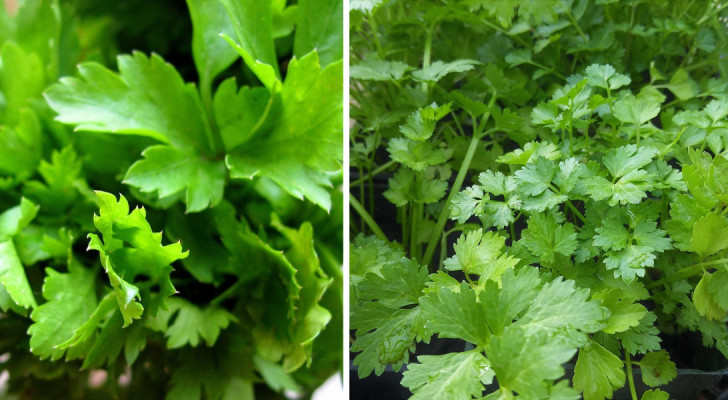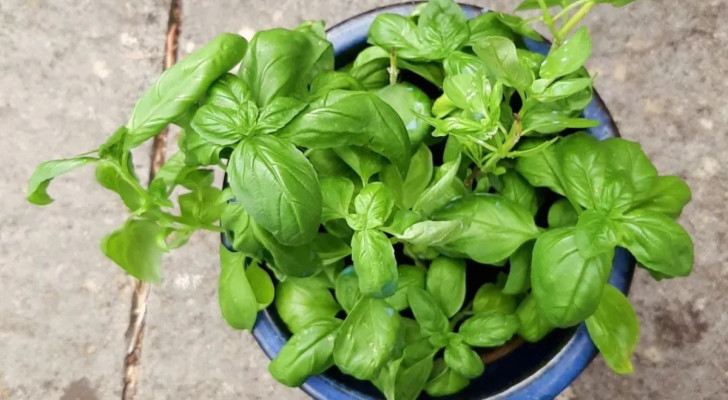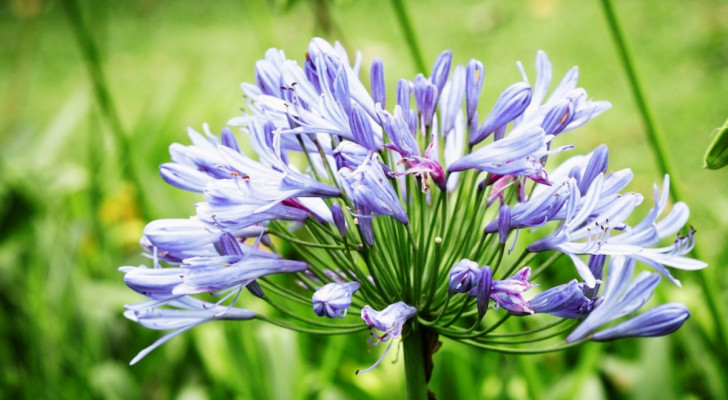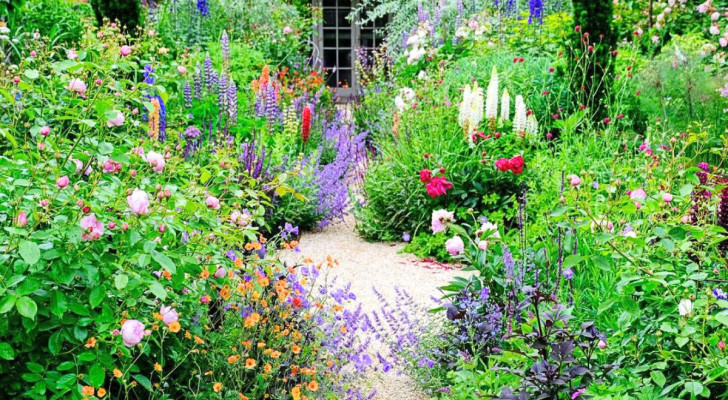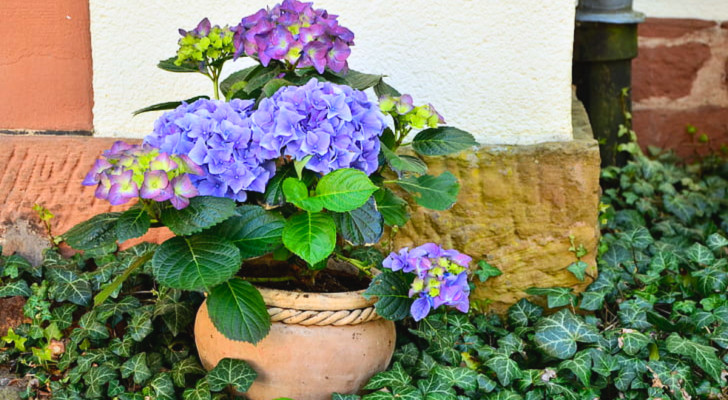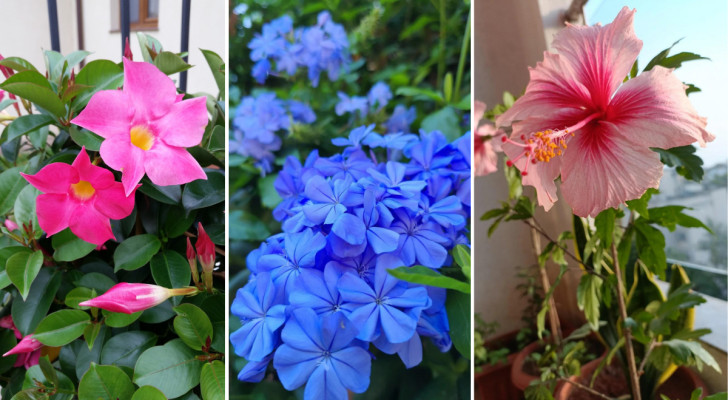False spring: what this is and why it can be harmful to the plants in your garden
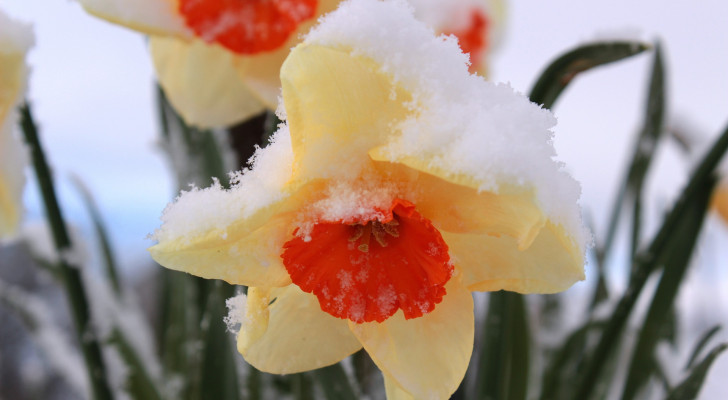
Even at the end of the mildest winter, the arrival of spring is welcomed by everyone who can't stand the cold and wet. And with the return of spring, Nature slowly begins to wake up from its winter hibernation - plants begin to bud and put out their colorful flowers and new, green leaves.
But what happens if the rise in temperatures does not last and gives way to a return of a bitter cold? This eventuality can be very inconvenient for us, especially when trying to decide what outfits to wear from day to day.
And a sudden return to cold weather can prove damaging and harmful to plants and animals. Let's find out what a "false spring" is and why it can pose a risk to the vegetation in our gardens.
What is a "false spring"
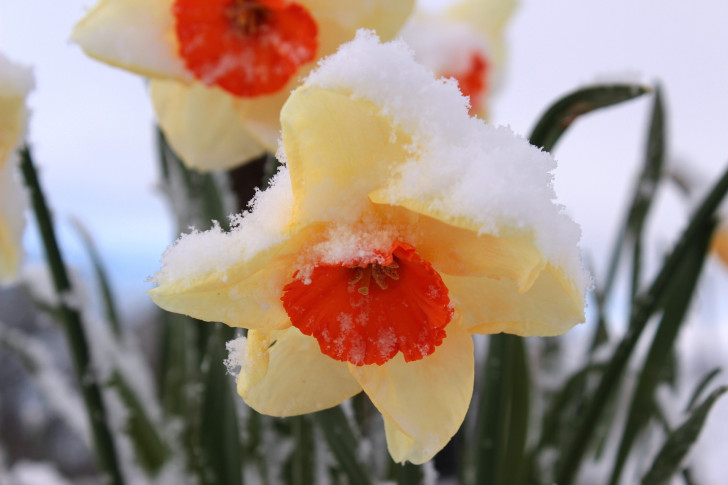
As denoted by the term itself, a false spring (aka a "pseudo spring" or a "premature spring") is a period of variable weather conditions that sometimes occurs at the end of winter. During a false spring, there is a temporary rise in temperatures to values above the seasonal norm, which, in turn appears to herald an early spring. This leads to the early revival of plants, which begin to produce new buds and shoots.
However, during a false spring, the temperatures suddenly drop again and the budding plants can be hit by frost. Wild, endemic plants are less vulnerable to this shock, but all plants can be affected by this phenomenon.
Why a false spring can be harmful for plants
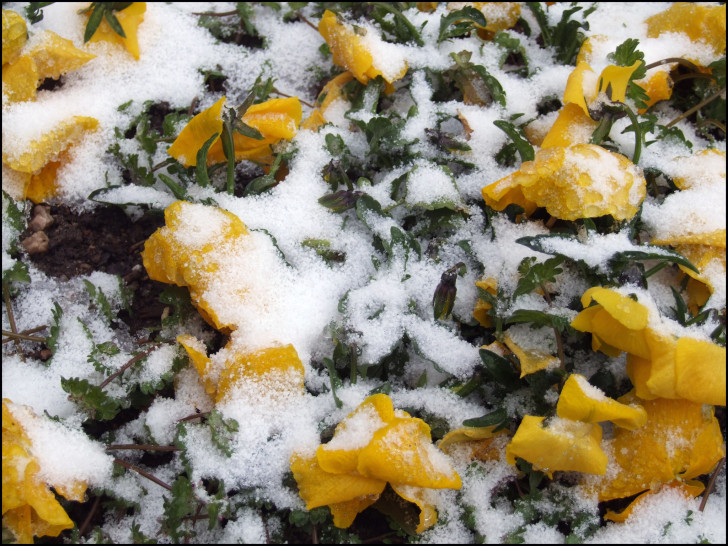
As described above, a sudden return of the cold (and frosts) can, obviously damage plants that are putting out new, fragile buds, flowers and fruit.
How plants are affected by a false spring depends on their type, which can be summarized as follows:
- Flowering plants and flower bulbs may have their growth slowed down significantly - in fact, many may succumb to the cold;
- Fruit trees and shrubs may not produce an abundant harvest due to damage they sustain from exposure to false spring frosts;
- More generally, those plants affected by the sudden return of the cold will have to invest their energy again in the producing replacement shoots and buds, weakening these plants and making them more susceptible to diseases and parasites.
Even the sowing of new crops can be compromised by a false spring: the temporary mild temperatures could "fool" you into sowing too early. Young seedlings that you then transplant from your home or greenhouse to the open ground could then succumb to a snap, unexpected frost.
In short, it's best to wait for the weather to stabilize before sowing!
